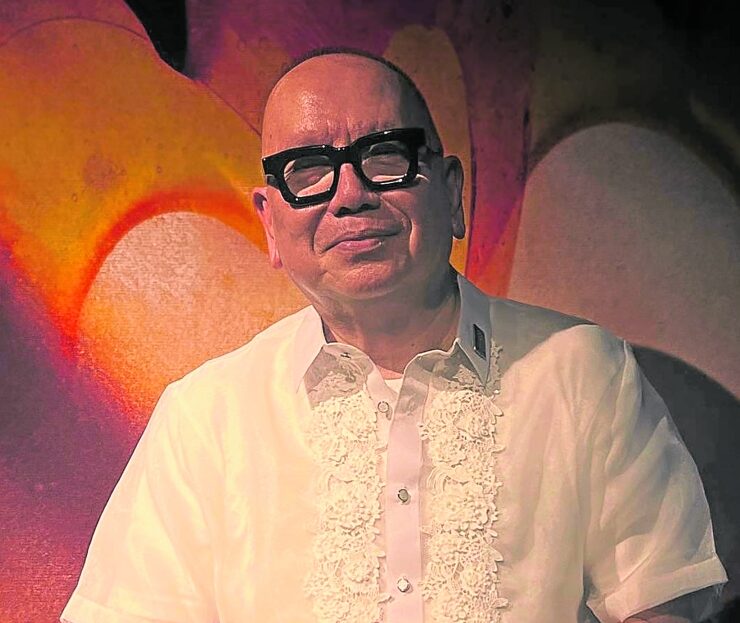Design without borders
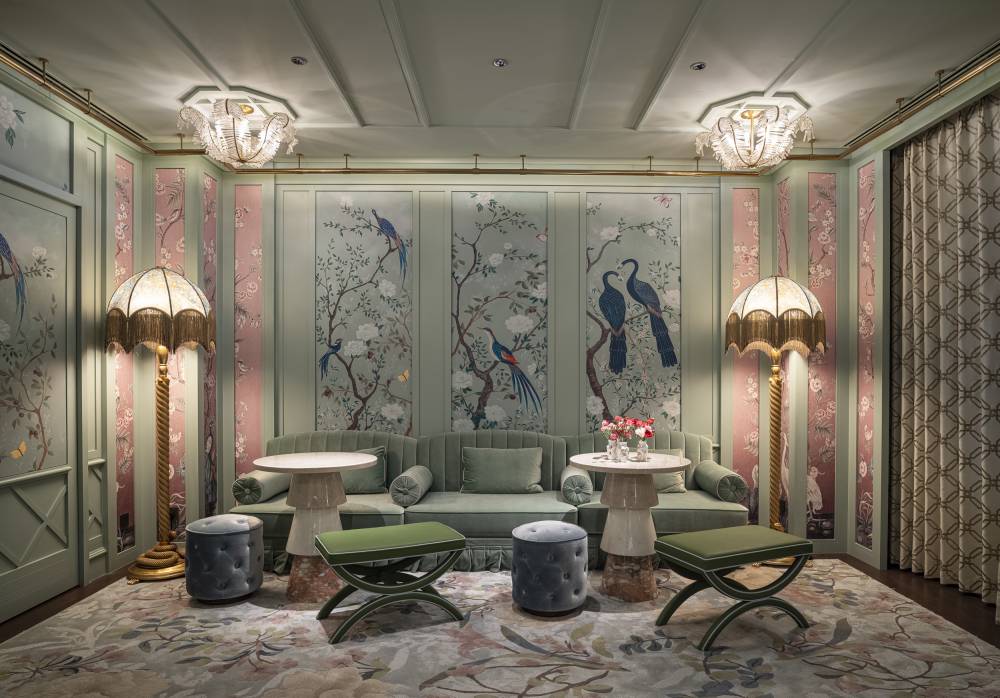
“Every project is a new challenge,” or so Gert Voorjans once said in an interview with design blog “Tasteful Friend.” A renowned name in the world of design, the Belgian interior designer and architect is known for his bold, eclectic, and luxurious style. How? By effortlessly mixing eras, cultures, and textures in a way that only he can.
This fearless creativity and bold storytelling manifest in his latest masterpiece: “The Flaire Collection” for the Jim Thompson brand. Featuring a series of luxurious textiles and wallpapers that take inspiration from China’s Silk Road, the collection represents what he calls “a crossroad of ideas, traditions, and creativity” through bold palettes, dramatic contrasts, and whimsical patterns.
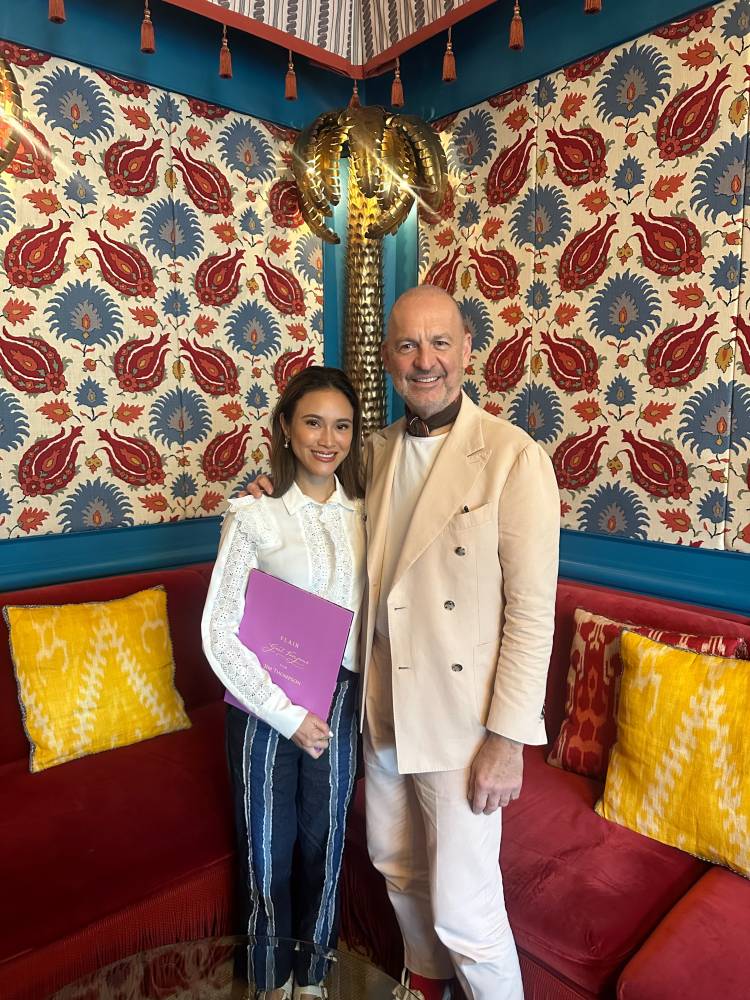
I was able to sit down with Voorjans and ask him about his design process, which I believe many of us, including myself, would like to know more about.
I am a big fan. In fact, anywhere in the world where there is a Dries Van Noten store, I make sure to visit it. I do love his clothes, but I do look forward to seeing what you’ve done to the interiors. I always seem to discover something new and leave inspired.
I’m very honored. Thank you for the compliment, really.

Which three countries are the most inspiring in terms of design?
For sure, because I live in Central Europe… very inspiring. I love Paris. I love France. I love the Middle East because [it’s] exotic. And of course, I’m very happy to be here in Manila, but I link it with Southeast Asia. I think that’s a wonderful and very inspiring country—region, in fact.
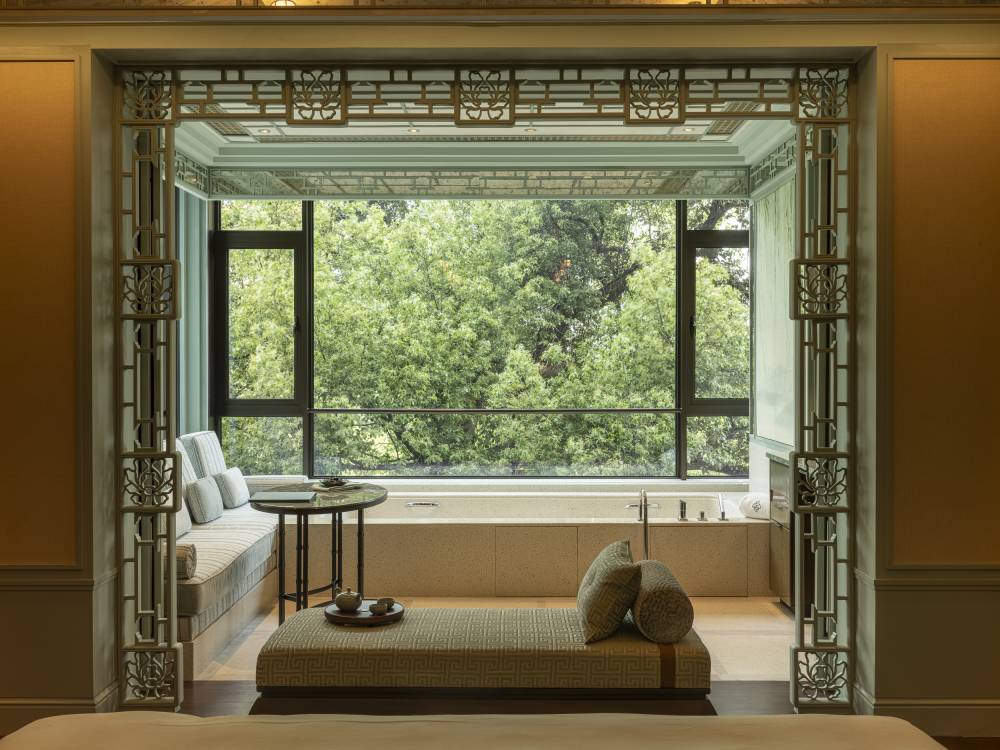
I noticed you combine a lot of European and Asian elements in your design.
It’s like an ambassador who traveled around the world and who brings [a little of everything] because I think every region in the world has wonderful, authentic pieces. And I like the interaction. I like the dialogue.
I think [that] when you stay only in one region, it’s a bit too boring for me. So I like that kind of dialogue of different styles, and it makes it much more personal. And every individual… everyone can make it even more personal to [their] own taste. If you don’t like, for instance, this strong color, you can make it softer and more feminine. So I think that you can make it very much your own. That’s why I like the combinations.
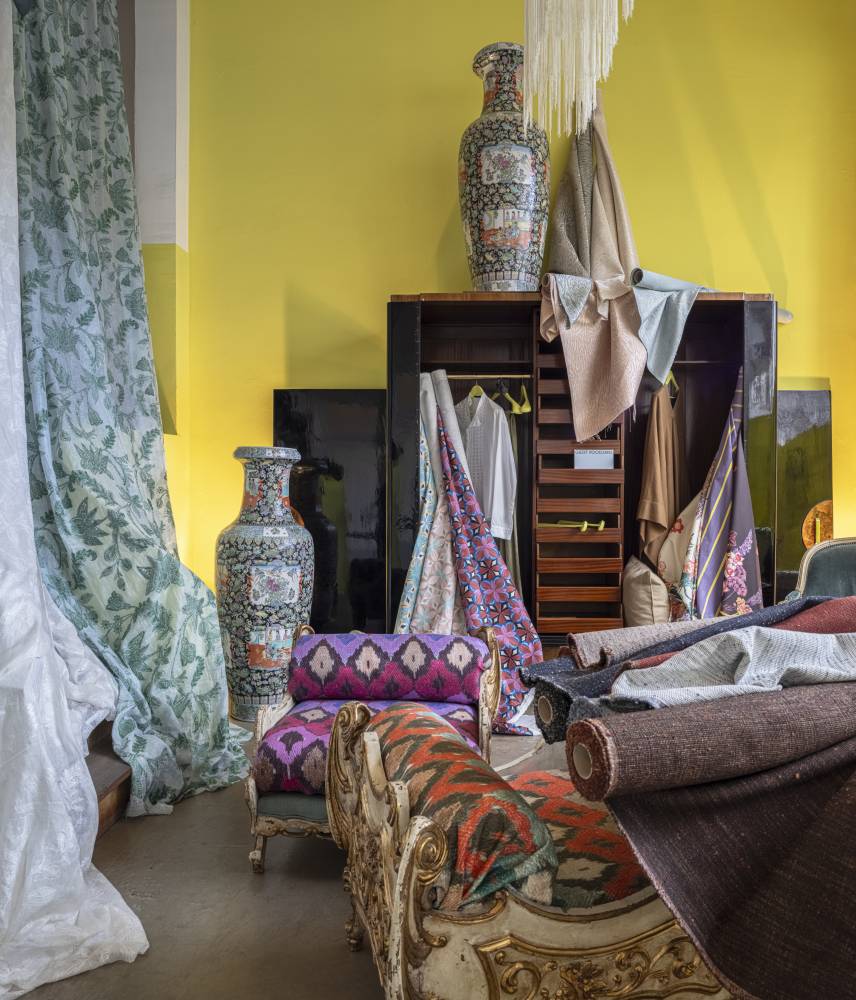
Do you have a dream project, or have you already done it?
No. I mean, every project and every new project is a new challenge, because nothing is static. If you see my work today or 10 years ago, you see an evolution. Because [with] every project, you give so much of yourself, [and] there is an evolution [there] as well. So you learn [from] it, and you have another eye.
I always [use] the example of a pianist. When you’re [playing the piano when you’re] 20, 30, or when you’re 60 and 70, you still play the same way, but you do it completely differently. You do it with a different [approach], a different flair, because you have another approach. And that’s what I love [how] nothing we do is static, and it goes on. It would be very, very pitiful when you do exactly the same [thing].
So my dream project… every new project is like a dream project, because when you give yourself more than 100 percent, then there is a nice interaction.
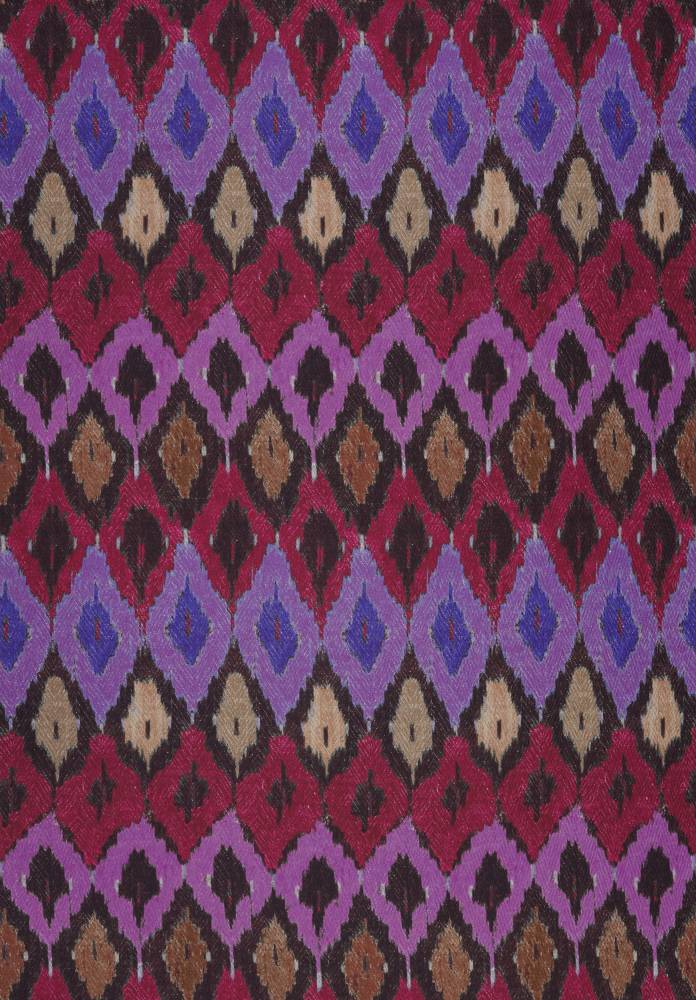
What is an area that, when you enter a home, you feel people tend to overlook?
I still believe very much that the ceilings are so often [overlooked]. Especially in the new modern constructions, we have the lower ceiling, and [they look like] those flat boxes with spotlights in them. That’s all I hate.
So I think, besides giving more attention to the floors, mirror it also, and do something to the ceiling—with a pattern [maybe]. And because you think, “Oh my god, there is still half the house to do…” It’s very much overlooked.
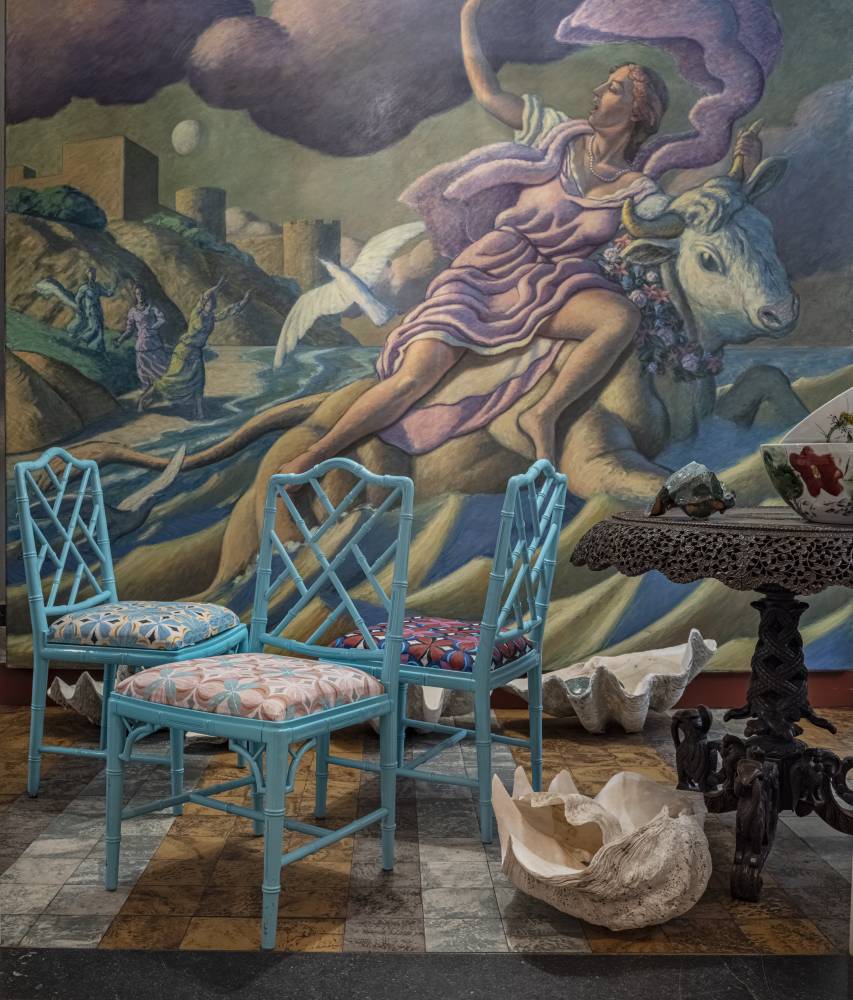
How do trends influence your design?
I like to be informed. I like to look into what’s happening. But on the other hand, I think with all the social media and all the information we have at a certain moment, you have to put it on the side and do your own thing. And really, the knowledge you have… transform it and do something else.
So trends… I like to be a trendsetter [instead of] following a trend. But of course, we never know. At a certain moment, I think we are all softly brainwashed by all the information we get, and we go in one direction.
But I try to go against that and do something new. I like to do something new, and then the trend follows.
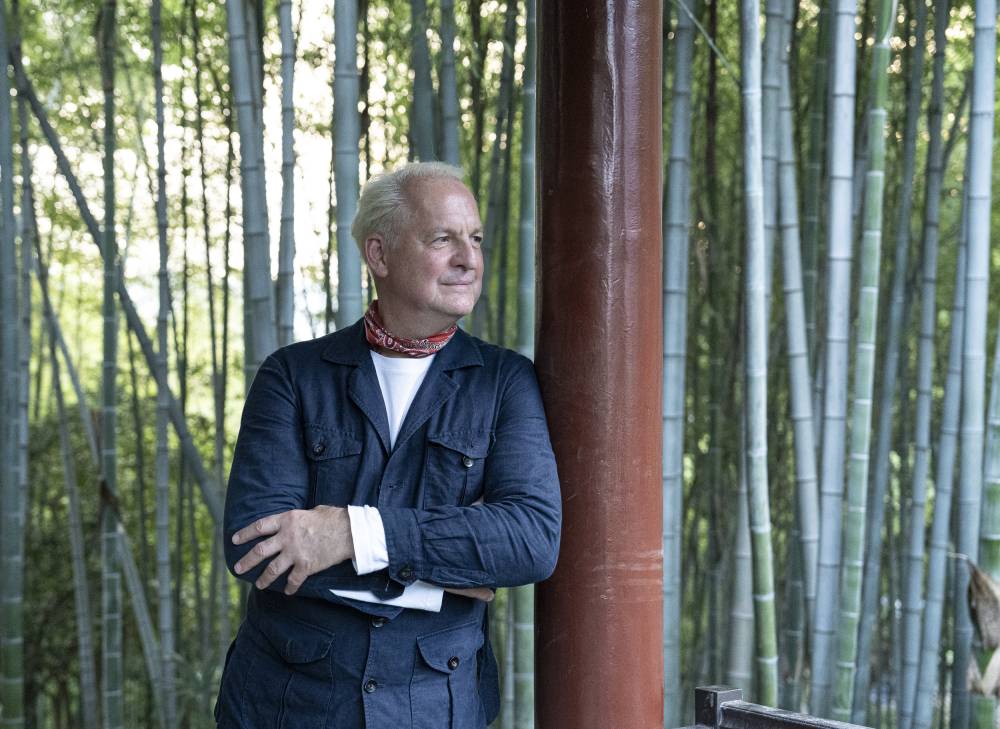
What design principles have you stuck to?
I don’t like mass production. [It’s] already very important that everything is custom-made and everything is made for the project. I don’t like materials [that are] too industrial, so I stuck to woods, to marble, to stone, to leather, to beautiful fabrics—they can age beautifully.
We forget the element of patina. Why should it be thrown away? I believe that a beautiful old sofa with a patina can still be really wonderful and beautiful, but then you need a product as well that doesn’t get dirty, that gets used. [So you can pair a] beautiful patina with a beautiful leather. Those elements are really key for me to make a successful or beautiful project.
So it’s about keeping things that we’ve had for a long time that we love.
I think you have to treasure it because it can be wonderful to have a sofa from—maybe exaggerated—from your grandparents. But why are we so tired [of it]? When you speak about the flea markets, and what we love… [they all come] with history because the craft is so important. And you don’t get that in mass production. The soul of an object is also very important.
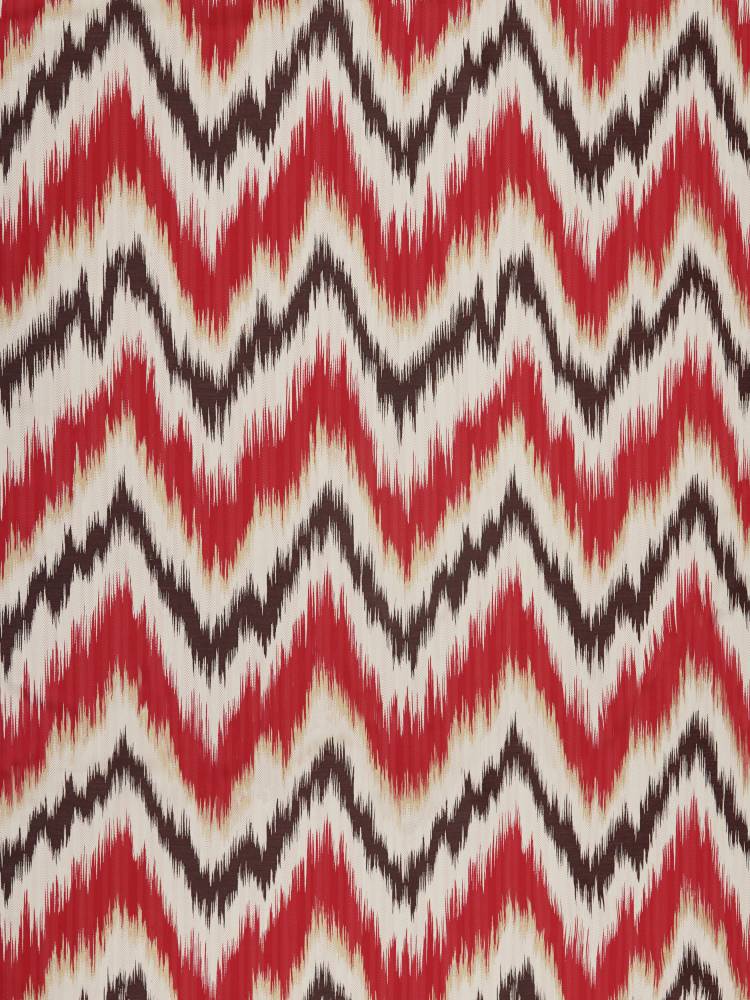
What’s your favorite room in a house?
I love a library because the books are there. [Even] with the computers, the telephones, and all the information we have, I still like to grab a book and take the stillness to learn something because it’s always like that. When you look for a book, you don’t find what you need, but you take another one, [and] it’s like a journey, and then you are gone—again on a new path and a new way.
And I like my libraries, yes.


















